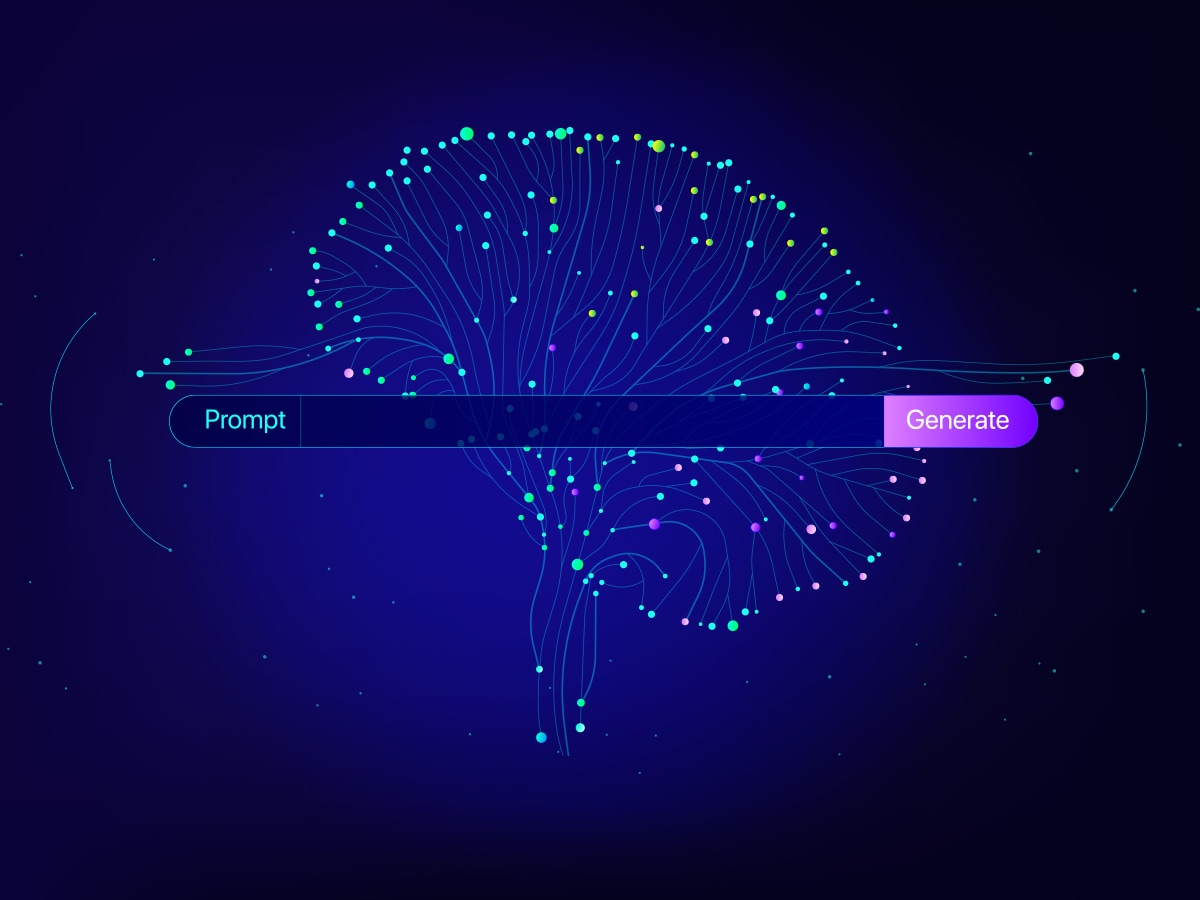In recent times, the power of Artificial Intelligence (AI) has unlocked new opportunities for businesses to deliver personalized experiences at scale. Generative AI (GenAI) is at the forefront of this transformation, offering unprecedented creativity and customization capabilities that allow companies to connect with consumers in a more tailored and relevant way. However, as companies push the boundaries of what’s possible with GenAI, a key challenge arises: How can this technology be developed and deployed responsibly to ensure that ethical considerations are at the core?
In the digital age, consumers expect experiences that cater to their individual preferences. Whether it’s a personalized marketing campaign, a customized product recommendation, or uniquely designed digital content, personalization has become the gold standard for consumer engagement. Demand for content is expected to increase fivefold over the next two years, further emphasizing the need for scalable solutions that can keep up with this rapid growth. However, meeting these high expectations at scale requires brands to generate massive amounts of personalized content, quickly and efficiently. This is where GenAI becomes a game-changer.
For instance, Adobe’s Firefly, a generative AI model integrated into flagship products like Photoshop, Illustrator, and Premiere, empowers users—whether they are creative professionals or not—to produce visually compelling content powered by AI. Since its beta launch in March 2023, Firefly has generated over 13 billion images, with more than 6 billion created in the last six months alone. This rapid growth highlights the swift adoption of AI-driven creativity and the vast potential for further expansion in the industry.
Ethical Imperatives of AI
While AI opens up new horizons for creativity, it also raises important ethical considerations. The widespread use of GenAI can lead to potential risks, such as biased content generation, harmful stereotypes, and questions about authenticity, amongst others. As AI-generated content proliferates across digital platforms, consumers are becoming more aware and cautious. Many now seek transparency and accountability, wanting to know whether the content they are consuming was created or influenced by AI.
To address these concerns, companies like Adobe are embedding strong ethical governance principles into their AI development processes. Adobe, in particular, has centered its AI innovations on three foundational principles: Accountability, Responsibility, and Transparency. These principles guide the company’s approach to every AI-powered solution, ensuring that each feature undergoes a rigorous review process from initial design through to final deployment. This process includes ethics assessments, ongoing testing, and human oversight to mitigate risks, ensure fairness, and reduce the chances of perpetuating bias.
Transparency in Digital Content
One of the key ways Adobe promotes responsible AI use is through transparency. In a world where AI is increasingly generating digital content, consumers have the right to know whether and how AI played a role in what they are viewing or interacting with.
Adobe’s Future of Trust study for India highlights significant concerns over misinformation. The study reveals that 81% of Indians want to know if AI was used to generate content, while 93% believe they should have access to tools that allow them to verify the authenticity of information. This underscores the importance of content credentials, which can play a crucial role in empowering users to verify the trustworthiness of the content they encounter.
Adobe advocates ‘Content Credentials’, a provenance technology that functions as a digital ‘Nutrition Label’ for creative content. Content Credentials provide vital information about the origins of the content created, including the identity of the creator, the date of creation, and any edits made, particularly if AI was involved.
This level of transparency is crucial in helping viewers make informed decisions about the content they engage with. For Adobe, it’s about building trust and ensuring that AI is used in ways that align with ethical standards. As part of its commitment to responsible innovation, Adobe automatically attaches Content Credentials to all AI-generated creations produced using Firefly.
Global Collaboration for Digital Integrity
Beyond individual company efforts, the responsible use of GenAI requires industry-wide collaboration. Adobe has taken a leadership role in advocating for transparency in digital content through global partnerships. The company co-founded the Content Authenticity Initiative alongside The New York Times and Twitter (now X) to promote the adoption of provenance technologies. This initiative has since grown into a global coalition of more than 3,700 members from media, technology, and policy sectors. The coalition includes marquee organizations such as Canon, BBC, Reuters, Microsoft, and Universal Music Group, all committing to ensuring transparency and authenticity in the digital space.
Another global initiative for development and adoption of provenance technologies is the Coalition for Content Provenance and Authenticity (C2PA), which defines technical standards for provenance technologies. Both these organizations are working towards shaping the future of ethical digital content, promoting the responsible use of AI and building valuable consumer trust.
Balancing Innovation and Responsibility
The bottom line is that to ensure the advancement of responsible innovation with AI, there must be a fine balance between ‘innovation’ and ‘responsibility’. Towards this end, Adobe’s approach not only empowers creators to leverage AI’s full potential but also ensures that content consumers can trust the content they interact with. By maintaining a strong focus on ethics and transparency, companies like Adobe help drive the industry toward a future where AI enhances creativity while safeguarding authenticity.
By Chandra Sinnathamby” – Director, Digital Media B2B Strategy & GTM, Asia-Pacific
The pages slugged ‘Brand Connect’ are equivalent to advertisements and are not written and produced by Forbes India journalists.

